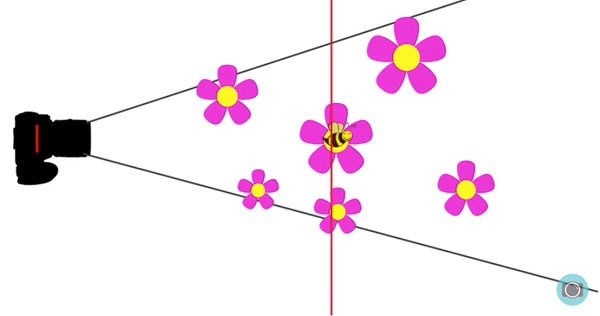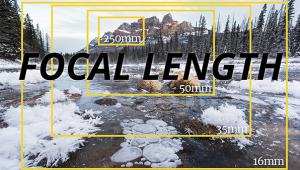Are Your Photos SOFT? “Plane of Focus” Explained (VIDEO)

Here’s a distressing problem that we’ve all encountered in the past: You come across a beautiful scene at the right time of day, the light is gorgeous, you brought the right gear, and can’t wait to view the “epic” shots on your computer. But alas, even though you nailed exposure and composition, all your images are unsharp.
Ouch! There are several reasons your photos may be blurry, ranging from incorrect camera settings, and improper technique, to a crappy lens or the failure to use a tripod when shooting with slow shutter speeds. Whatever the cause, this can be really disturbing, and the problem can occur when shooting both moving and stationary subjects.
If this happens to you with regularity, here’s the bottom line: You have a problem that needs to be fixed right away. The first step is determining the cause of blurry results, and we posted a tutorial earlier explaining how to diagnose the problem— with some solutions being more difficult (and costly) to resolve than others.

The good news is that today’s lesson from the Photo Genius channel discusses a fix that’s simple (and free) if the problem is that you don’t understand the concept of “plane of focus.” This episode runs barely five minutes, and covers all the basics for improving your results.
Paul Farris is an accomplished pro from Brisbane, Australia who has been teaching photo workshops for over 14 years. So pull up a chair and cross your fingers that your only mistake is a failure to understand how plane of focus works. If so, this is your lucking day!
Farris explains why “focal plane” and “plane of focus” aren’t quite the same. His basic tips on the latter are really easy to understand, and just as simple to put into practice. He provides both diagrams and photos to illustrate his advice.

You’ll learn how the plane of focus is determined by camera-to-subject distance—running parallel to the camera’s sensor. As the theory goes, “any subject that falls along this plane will rendered in sharp focus.” Other areas of a scene that are in front of (or behind) the plane of focus could be sharp or burry depending upon the f/stop in use and other considerations that Farris reveals.
Farris’ YouTube channel is full of helpful lessons with simple solutions to nagging problems, so take a look and subscribe.
And don’t miss the tutorial mentioned above, explaining how to diagnose what’s causing your out-of -focus images.
- Log in or register to post comments










































